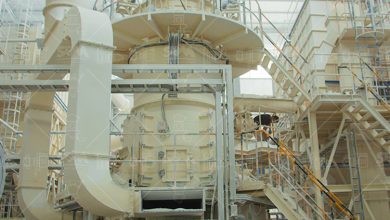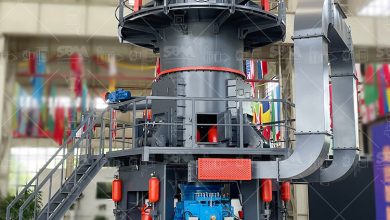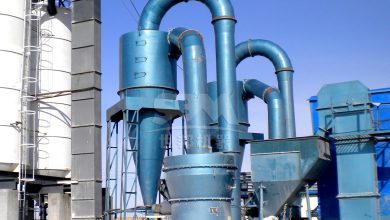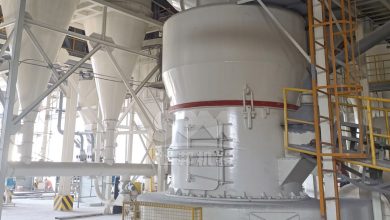Essential Grinding Machine Technology Training Courses for Operators
Essential Grinding Machine Technology Training Courses for Operators
In today’s rapidly evolving industrial landscape, mastering grinding machine technology has become a critical skill for operators across mining, construction, and manufacturing sectors. ZENITH, with over 30 years of experience in grinding equipment manufacturing, presents this comprehensive training guide to help operators maximize equipment performance while ensuring safety and efficiency.
1. Fundamentals of Grinding Technology
Modern grinding machines utilize advanced mechanical principles to achieve precise particle size reduction. The core mechanisms include:
- Compression grinding through roller/mill interactions
- Impact grinding via high-speed rotating elements
- Attrition grinding between particle surfaces
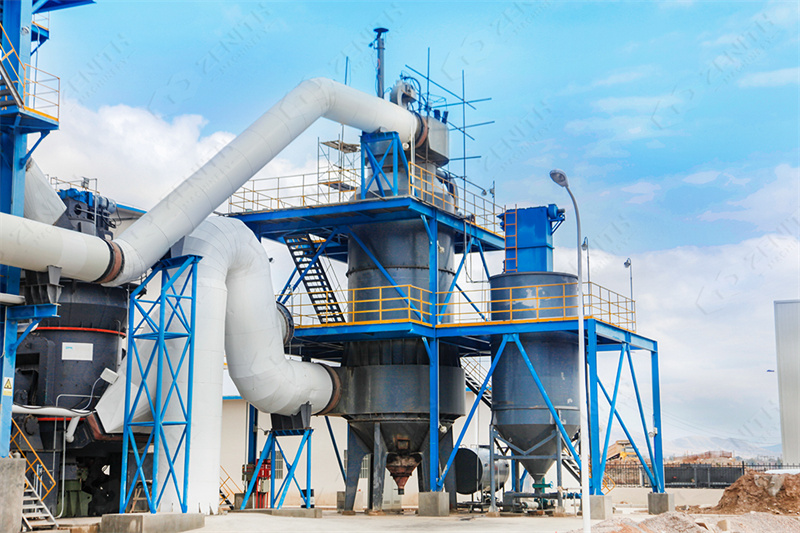
2. Operational Best Practices
2.1 Pre-Operation Checks
Before starting any grinding equipment, operators must verify:
- Lubrication system integrity
- Wear parts condition (rollers, liners, hammers)
- Safety interlocks functionality
- Feed material specifications compliance
2.2 Parameter Optimization
Key adjustable parameters include:
| Parameter | Effect | Optimization Method |
|---|---|---|
| Grinding pressure | Directly impacts fineness and throughput | Adjust hydraulic system or spring tension |
| Classifier speed | Controls particle size distribution | Variable frequency drive adjustment |
| Feed rate | Affects grinding efficiency and power draw | Match to motor amperage readings |
3. ZENITH Equipment Spotlight
3.1 XZM Ultrafine Mill (45-5μm)
Our flagship ultrafine grinding solution features:
- Precision Classification: Vertical turbine classifier achieves D97≤5μm
- Energy Efficiency: 30% lower power consumption vs conventional mills
- Model Range: From XZM221 (0.5-4.5t/h) to XZM268 (5-25t/h)
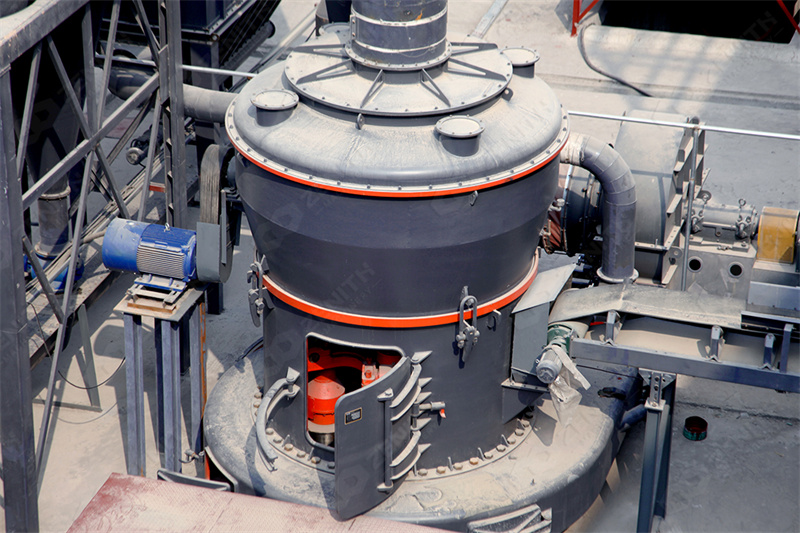
3.2 MTW Series Trapezium Mill
For medium-fine grinding applications (600-45μm):
- Conical gear transmission (98% efficiency)
- Curved blade design reduces wear part replacement
- Capacity up to 45t/h in MTW215G model
4. Maintenance Protocols
Proper maintenance extends equipment lifespan by 40-60%:
- Daily: Check oil levels, belt tension, and abnormal vibrations
- Weekly: Inspect wear parts and classifier blades
- Monthly: Calibrate instrumentation and test safety systems
- Annually: Complete overhaul with bearing replacement
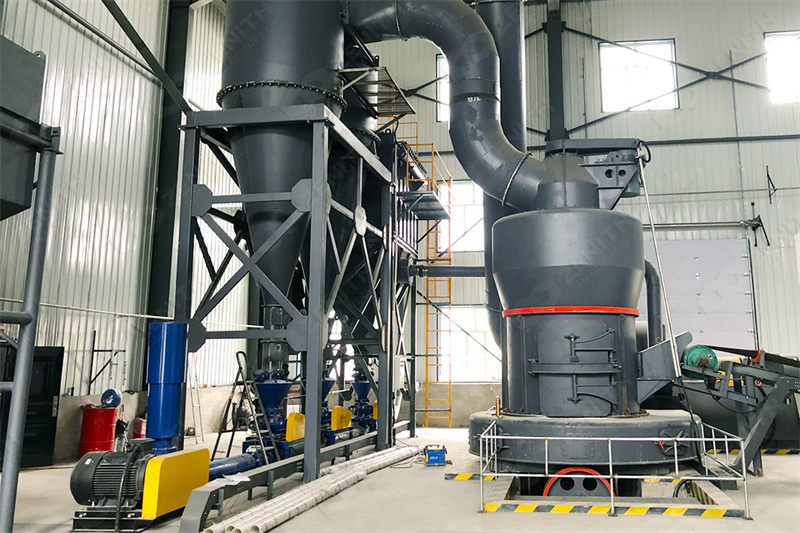
5. Troubleshooting Guide
| Symptom | Potential Cause | Solution |
|---|---|---|
| Excessive vibration | Unbalanced rotor, bearing failure, material buildup | Check balancing, inspect bearings, clean chambers |
| Low production rate | Worn grinding elements, improper classifier setting | Replace rollers/rings, adjust classifier speed |
| Overheating | Insufficient lubrication, overloading | Verify oil flow, reduce feed rate |
6. Advanced Operation Techniques
Experienced operators should master:
- Particle size analysis: Laser diffraction vs sieve methods
- Energy optimization: Matching motor load to material hardness
- Process integration: Coordinating with upstream/downstream equipment
ZENITH’s global service network provides on-site training and 24/7 technical support for all our grinding equipment. Contact our engineering team to schedule specialized operator training for your specific machine models.


